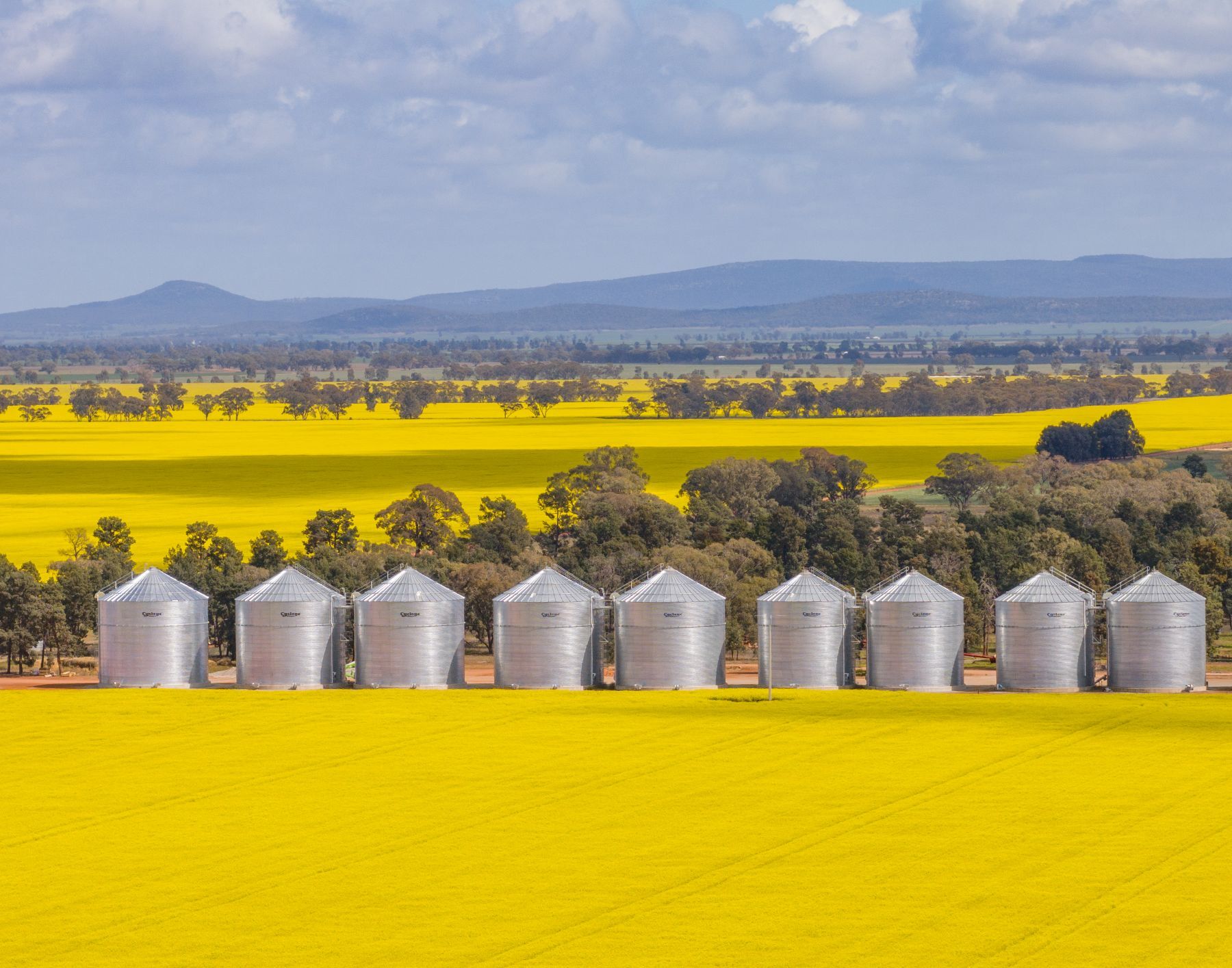The Australian Beef Market in 2025: An Absolute Cracker
In this column in July, the StoneX H2 2025 Australian Cattle & Beef Market Outlook’s bold calls were analysed and assessed for what the final 6...

Widespread rain in late July marked a turning point for Australia’s winter cropping season.
That is the key finding of the August Bendigo Bank Agribusiness Monthly Commodity Update that was released on Tuesday.
Recent rainfall further reinforced production confidence in NSW, Queensland and large parts of Western Australia.
Senior Manager Industry Affairs, Bendigo Bank Agribusiness, Neil Burgess said grain growers in Victoria and South Australia have also been given a renewed shot at achieving average yields or better, with decent falls in time to stabilise crop potential if spring conditions remain favourable.
“Domestic wheat prices have eased as the production outlook improves, however, global grain flows remain heavy with global wheat production now forecast to hit a new record, reinforcing the heavy wheat supply backdrop and keeping markets under pressure," Mr Burgess said.
“Canola and barley continue to provide better relative value and marketing flexibility than wheat at this stage of the season, offering stronger returns amid improving yield prospects and supportive prices. Western Australia is on track for a record barley crop and while canola prices have softened slightly over the past month, they remain historically strong."
Mr Burgess said Australian beef exports have had an extraordinary year so far, with all of Australia’s major beef export markets recording growth in July.
"Beef is a hot commodity right now, amidst plenty of international demand that is expected to remain across the rest of 2025," he said.
“High demand from international markets, particularly the US, boosted local beef prices further throughout July, recording the highest monthly export volumes on record at just under 150,500 tonnes.
"The imposition of the US 10% tariff on Australian beef has so far not directly impacted export volume or price."
Australian lamb prices have continued to strengthen over the past couple of months, with records regularly broken.
Mutton prices have also moved into record territory as supply tightens.
Lamb export volumes over the past few months eased to the lowest level since January this year, with mutton export volumes also falling to the lowest point since July 2022.
Lamb prices are forecast to be relatively steady throughout August but are expected to face downwards pressure into spring as new season lambs come to market.
Tough conditions in key production regions across Australia’s southeast, as well as heightened turn off rates over the past 18 months, mean that new season lamb supply is expected to be significantly lower this season with prices expected to maintain a considerable premium compared to the five-year average.
Wool prices lifted to mark the start of the new season, supported by a slight decrease in supply and steady demand, defying currency changes.
The opening of season 2025-26 saw the AWEX EMI increase for the first four successive weeks.
Supply is already declining in comparison to last season, with cumulative bales offered -1.9% after the first four weeks of trade.
The opening week had the lowest offerings since Bendigo Bank Agribusiness records began in 1995, with the following weeks continuing the trend of low offerings prior to a 60% jump in bales offered for the final week before the recess.
.jpg)
In this column in July, the StoneX H2 2025 Australian Cattle & Beef Market Outlook’s bold calls were analysed and assessed for what the final 6...
.png)
Each December we save the last article of the year for a bit of a crystal ball gaze, as we try to bring together market fundamentals and work out...
.png)
Australia’s wool market posted another strong performance this week, with all micron categories attracting solid support across the three selling...